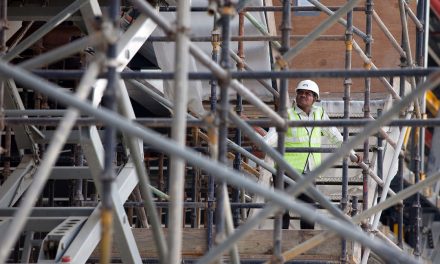The American Society of Landscape Architects (ASLA) yesterday released a document outlining critical priorities to update and strengthen all forms of infrastructure. “Landscape Architects Leading Community Infrastructure Design and Development” centers on less-costly green infrastructure solutions in four areas:
- fixing our nation’s water management systems
- upgrading to a multimodal transportation network
- recognizing public lands, parks, and recreation as critical infrastructure
- designing for resiliency.
“The United States needs a new approach to infrastructure development,” said Nancy C. Somerville, Hon. ASLA, executive vice president and CEO of ASLA. “Now is the time to integrate a sound, strategic planning and design process. Integrating comprehensive infrastructure planning with natural systems analysis and land use planning is essential for creating livable communities in sustainable environments.”
“The attention now being paid to fixing U.S. infrastructure represents an extraordinary opportunity for Americans to work together and address today’s critical needs, as well as create tomorrow’s resilient systems,” said Somerville. “American landscape architects will be at the forefront of this process because they contribute essential expertise in creating the green infrastructure that cities and towns across the country are demanding.”
To view the recommendations, go to https://www.asla.org/uploadedFiles/CMS/Government_Affairs/2017InfrastructureProposal.pdf
About the American Society of Landscape Architects
Founded in 1899, ASLA is the national professional association for landscape architects, representing more than 15,000 members in 49 professional chapters and 72 student chapters. Members of the Society use “ASLA” after their names to denote membership and their commitment to the highest ethical standards of the profession. Landscape architects lead the stewardship, planning and design of our built and natural environments; the Society’s mission is to advance landscape architecture through advocacy, communication, education and fellowship.





